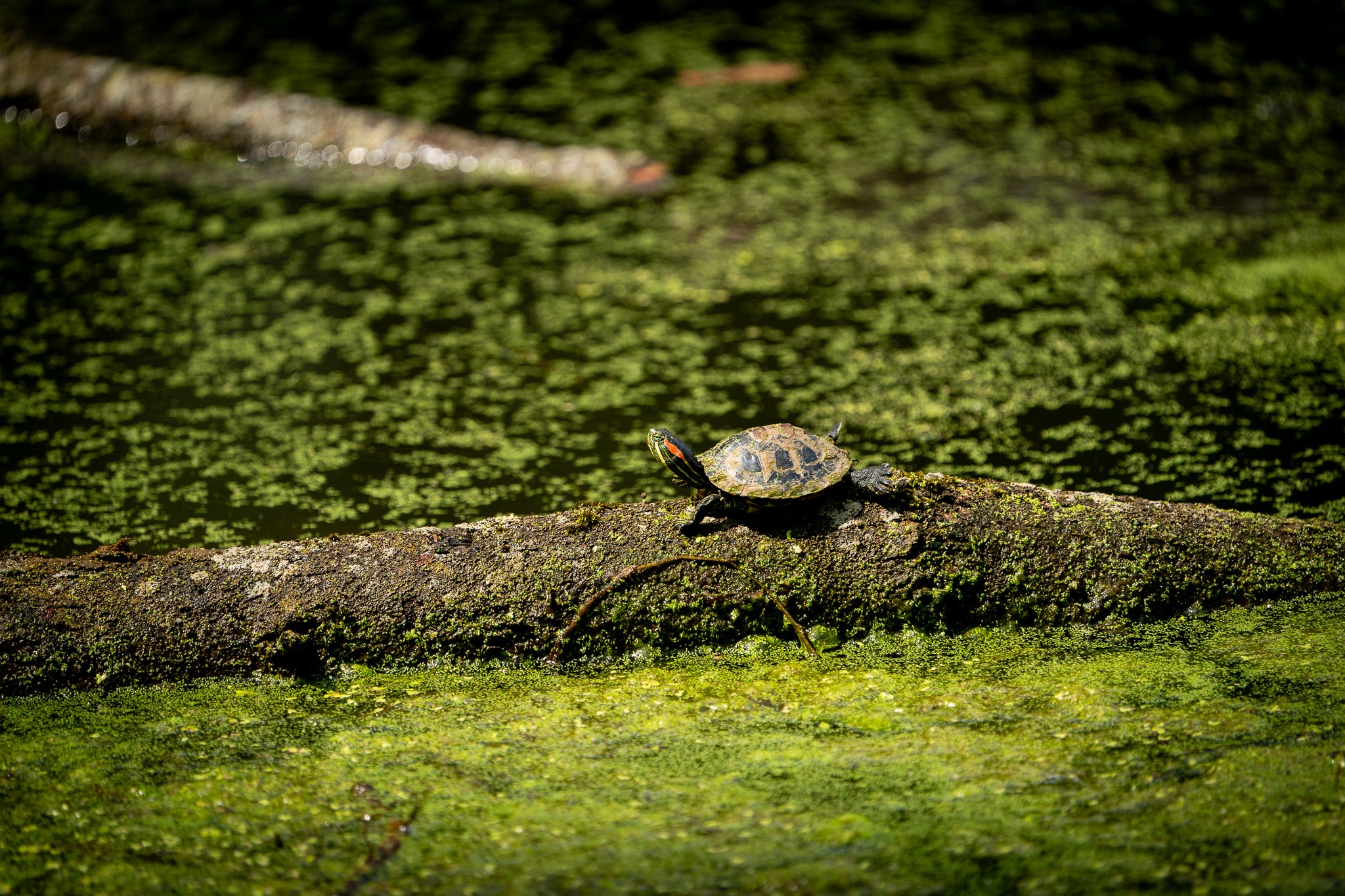Barberry Woods Drainage Project
- Charleston
- South Carolina
- United States
A holistic, nature-based solution protects two flood-prone, coastal communities while enhancing regional ecology and climate resilience.
Since 2005, the neighborhoods of Barberry Woods and The Cottages at Johns Island had experienced flooding during significant storms. Undersized infrastructure was unable to handle runoff from the 574-acre watershed. Seeking a solution that would not only alleviate flooding, but also confront the impending impacts of climate change and enhance community protection and connectivity, the City of Charleston turned to a team led by WK Dickson including Biohabitats.
Biohabitats began by delineating wetlands, conducting a tree survey, characterizing vegetation, installing groundwater monitoring wells, and consulting on soil parameters. Based on this ecological assessment, and applying the principles of the Dutch Dialogues™, Biohabitats helped develop a strategy to transform poorly functioning stormwater infrastructure into a braided channel system. Complete with infiltration wetlands and bio-terraces, the design helps slow down, spread out, and filter stormwater while enhancing habitat. It emphasizes connections among marshes and freshwater, and groundwater and surface water.
Biohabitats then helped craft final designs. The restoration transformed the stormwater infrastructure into a functioning ecosystem and helped set the stage for a future linear park. It also advanced one of the City’s primary project goals: to model a paradigm shift away from grey infrastructure to an approach that prioritizes nature-based strategies to mitigate flooding while providing multiple ecological and community benefits. The project received ARPA funds through the South Carolina Office of Resiliency.
TAGS
-
Owner: City of Charleston Stormwater Management Department
-
Bioregion: Southeast Atlantic
-
Ecoregion: Sea Islands/Coastal Marsh
-
Physiographic province: Coastal Plain
-
Watershed: North Edisto River
-
Collaborators: WK Dickson
